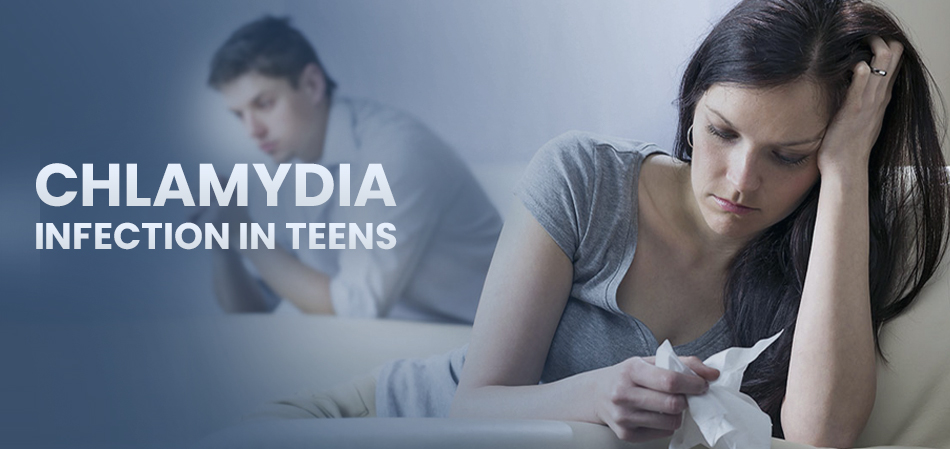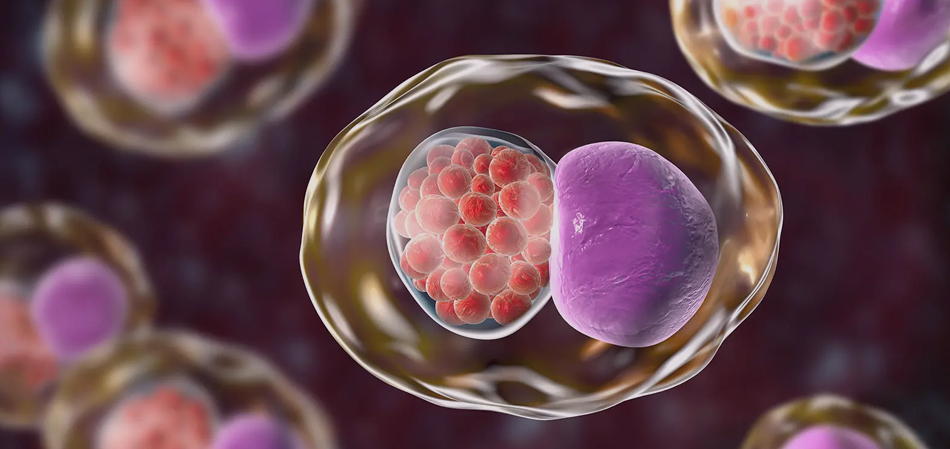Chlamydia Infection in Teens
Chlamydia trachomatis infection is one of the most common bacterial infections among all sexually transmitted diseases (STDs). Teens and young adults between the ages of 15 to 25 are most affected by it. According to CDC, about 4 million people in the United States get Chlamydia every year. People belonging to lower socio-economic backgrounds are at a higher risk of getting affected by this disease.
Overview:
Chlamydia is typically transferred through sex whether it is anal, oral, or vaginal. It is also known as ‘silent disease’ because about half of the people having chlamydia do not show any symptoms and therefore are unable to get the right treatment.
In order to prevent chlamydia, sexually active men and women under the age of 25 should get tested for it at least once a year. They should also avoid having unprotected sex with their partners and use a latex condom. Having sex with only one partner who isn’t sexually involved with other people also decreases your chances of getting Chlamydia.
With GetCareMD, you can now book an online consultation for chlamydia, tell the specialist about your condition, and get a doctor’s prescription online. The hassle-free services of GetCareMD have now made it possible to get Chlamydia treatment promptly and easily.
Symptoms and Health Hazards of Chlamydia:
Most people affected with chlamydia remain asymptomatic. People who show symptoms of chlamydia report having:
- An abnormal discharge from the vagina or penis.
- Pain while urinating.
- Bleeding after coitus.
- Discomfort or pain in the pelvis.
- Fever
Chlamydia, if not treated right away poses serious health hazards, particularly in women. Women affected by chlamydia can have Pelvic Inflammatory Disease (PID) or can face infertility issues. In men, chlamydia has been reported to have caused swelling of the testicles and difficulty in getting someone pregnant.
Get Chlamydia Treatment Online:
It is now extremely easy to get chlamydia consultation online. If you are showing any of the aforementioned symptoms and want to get a doctor’s prescription online, GetCareMD has got you covered. You do not need to leave your house or work to get the treatment, thanks to technology. The medical experts at GetCareMD will go through your medical history and ask you questions about your symptoms and sexual activity to reach a conclusion. You will then be prescribed either doxycycline or azithromycin depending upon your tolerance and condition. You will get the medicine from a pharmacy of your choice and will complete the antibiotic course prescribed to you.
Anyone, with whom you have been involved sexually in the past two months, should also get tested for chlamydia even if they show zero symptoms of the disease. GetCareMD has now made it easy to get online consultation for chlamydia and treat it promptly.
Aftercare:
If your symptoms go away after taking the medication, you should still get tested for chlamydia three months after the treatment to make sure that you do not have a second infection. Avoid having sexual intercourse with anyone during the treatment. Wait at least seven days after taking the last dose of your antibiotics to have sex.
Anyone, with whom you have been involved sexually in the past two months, should also get tested for chlamydia even if they show zero symptoms of the disease. GetCareMD has now made it easy to get online consultation for chlamydia and treat it promptly.


